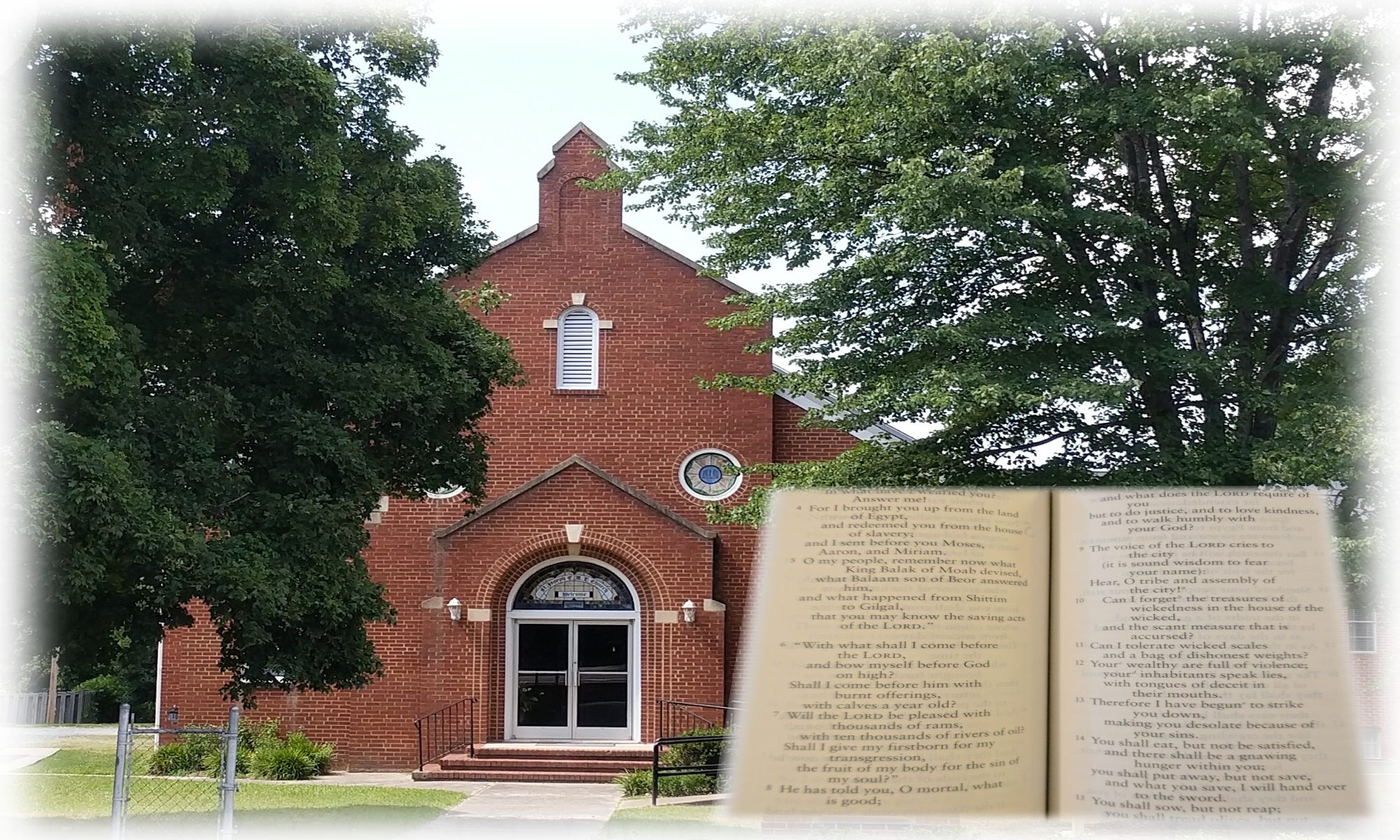On January 27 we will address a passage that is often cited by fundamentalist Christians to justify their continued use of repressive texts that support their socially conservative point of view. The New Revised Standard Version of Second Timothy 3:16-17 reads:
All scripture is inspired by God and is useful for teaching, for reproof, for correction, and for training in righteousness, so that everyone who belongs to God may be proficient, equipped for every good work (NRSV).

2 Timothy 3:16-17
The problem with the fundamentalist reading of this text is that it assumes a definition of “scripture” that is not consistent with the historical context in which these verses were written. When this text was written, the early church had not yet decided what would be the final list of scriptural books. The biblical books still circulated as individual scrolls, not a single book called “the Bible.” In fact the second letter of Timothy in which this passage appears was not itself yet accepted as “scripture.”
In this context, reading these words to mean “Everything in the Bible is inspired by God…” was simply not possible. In stead, this text was an attempt to answer the questions, “What should be a part of our scriptures? How can we decide what is inspired by God and what is not?”
On Sunday we will look at difficulties in translating the Greek text of these verses shown in the image above. We will examine both what this text meant for its first readers and what it should mean for us today.

You must be logged in to post a comment.